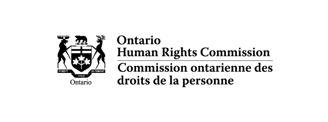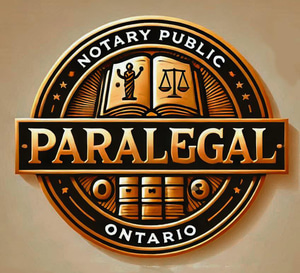Naming the Correct Respondent is Absolutely Critical - Human Rights Tribunal of Ontario
The applicant alleged racial profiling by a security guard at a Shoppers Drug Mart store but incorrectly named the parent company, George Weston Limited, as the respondent instead of the actual pharmacy owner who operated that specific store location. Because the named respondent had no involvement in the alleged incident, the Human Rights Tribunal of Ontario dismissed the application at the summary stage. This case underscores the importance of accurately identifying the proper respondents from the beginning. Even a seemingly minor error in naming can be detrimental, preventing a potentially valid human rights claim from proceeding to a hearing.
HUMAN RIGHTS TRIBUNAL OF ONTARIO
2/15/20171 min read


While it may seem straightforward to name the party that allegedly discriminated against the applicant, this is not always as simple as it appears. If an application to the Human Rights Tribunal of Ontario (HRTO) does not correctly identify the party accused of discrimination, it will likely be dismissed at a summary hearing.
This was the case in Hassan v. George Weston Limited. The applicant claimed he was racially profiled and discriminated against by a security guard while shopping at a Shoppers Drug Mart store. However, in his application, he named George Weston Limited (GWL) as the sole respondent.
The issue was that GWL did not actually own or operate the individual Shoppers Drug Mart stores. Each store is owned by an independent pharmacy owner who licenses the Shoppers Drug Mart brand from Loblaw Companies Limited, which is owned by GWL. GWL is not involved in the day-to-day operations or incidents at specific store locations.
The applicant did not name the pharmacy owner responsible for the store and security guard. Instead, he incorrectly claimed GWL discriminated against him. As GWL was not involved in the alleged incidents, the HRTO had no choice but to dismiss the application.
Applicants must exercise caution to name the correct individuals and organizations as respondents in their human rights applications. Failing to do so risks accidentally naming parties uninvolved in the alleged discrimination, leading to a dismissal of the case.
